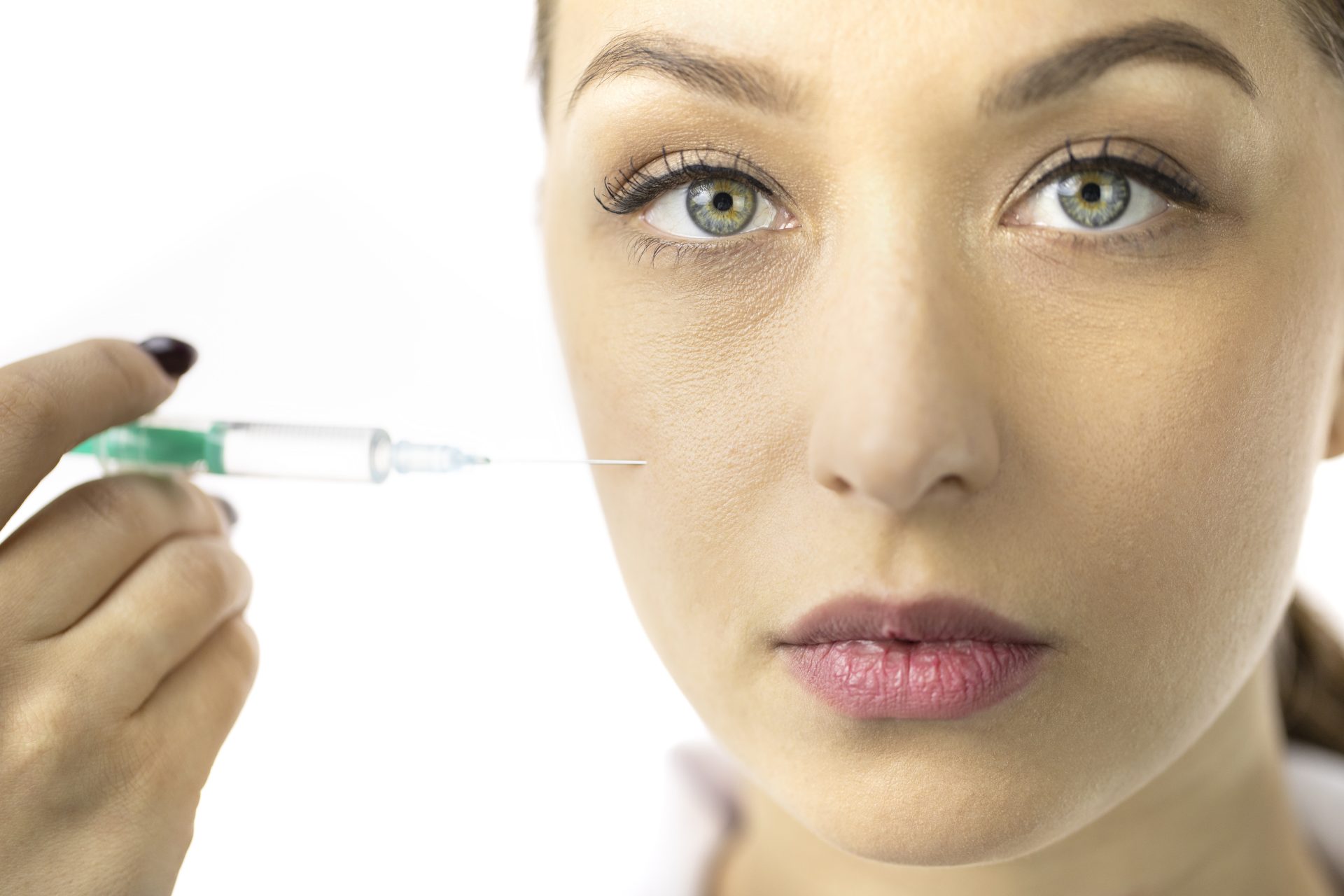
The inquiry into how long injection results last is not a simple question with a singular answer; rather, it opens a complex discussion segmented by the chemical class of the injectable, the unique physiology of the patient, and the anatomical location of the treatment. Longevity is not a fixed metric but a dynamic endpoint, a product of constant interaction between an introduced substance and the body’s natural, relentless process of metabolism and mechanical stress. It’s fundamentally incorrect to approach this topic with the expectation of a precise calendar date for product expiration, as the visible duration of an aesthetic result is influenced by a labyrinth of interconnected biological and lifestyle variables that extend far beyond the initial injection appointment.
Longevity is not a fixed metric but a dynamic endpoint, a product of constant interaction between an introduced substance and the body’s natural, relentless process of metabolism and mechanical stress.
When dissecting the typical duration of common cosmetic injections, it’s necessary to draw a sharp distinction between neuromodulators and dermal fillers, as their mechanisms of action dictate entirely different timelines for visible effect. Longevity is not a fixed metric but a dynamic endpoint, a product of constant interaction between an introduced substance and the body’s natural, relentless process of metabolism and mechanical stress. Neuromodulators, such as Botox or Dysport, function by temporarily interrupting the chemical signals between a nerve and the target muscle, thereby relaxing the muscle and smoothing the overlying dynamic wrinkles. The duration of this muscular relaxation is almost universally limited to a window of three to four months, a timeline governed by the body’s consistent, predictable biological process of nerve ending regeneration and the creation of new synaptic vesicles. The substance itself is metabolized relatively quickly, but the functional result persists only until the neuromuscular connection is successfully re-established, a process which exhibits only minor variation across the general population.
The duration of this muscular relaxation is almost universally limited to a window of three to four months, a timeline governed by the body’s consistent, predictable biological process of nerve ending regeneration and the creation of new synaptic vesicles.
Dermal fillers, predominantly those based on Hyaluronic Acid (HA), operate on a fundamentally different principle, which accounts for their far wider range of longevity. The duration of this muscular relaxation is almost universally limited to a window of three to four months, a timeline governed by the body’s consistent, predictable biological process of nerve ending regeneration and the creation of new synaptic vesicles. These gels are designed to physically restore volume, support tissue structure, or enhance facial contours. Because their persistence relies directly on the integrity of the gel matrix against enzymatic and mechanical degradation, their visible effect can range from as little as six months to upwards of two years. This extensive variability is tied to the rheological properties of the specific filler product—factors like viscosity, cohesivity, and elastic modulus (G’). A thicker, more highly cross-linked product, engineered to resist deformation, will be selected for deep structural work in the cheeks or jawline, and these are the formulations that routinely demonstrate the longest duration. Conversely, thinner fillers intended for fine lines or superficial lip enhancement are metabolized more rapidly due to their lower structural density.
These gels are designed to physically restore volume, support tissue structure, or enhance facial contours. Because their persistence relies directly on the integrity of the gel matrix against enzymatic and mechanical degradation, their visible effect can range from as little as six months to upwards of two years.
The anatomical site of the injection plays a disproportionately critical role in determining the final outcome’s persistence, a consideration often overlooked in simple duration estimates. These gels are designed to physically restore volume, support tissue structure, or enhance facial contours. Because their persistence relies directly on the integrity of the gel matrix against enzymatic and mechanical degradation, their visible effect can range from as little as six months to upwards of two years. Regions of the face subject to high mechanical stress and constant muscle movement—most notably the lips and the areas surrounding the mouth (perioral region)—will inevitably degrade the filler more quickly. The continual flexing and compression of the muscle and soft tissue mechanically stresses the filler material, accelerating the body’s natural breakdown of the HA chains by the hyaluronidase enzyme. In stark contrast, filler placed in less mobile areas, such as the deep layers of the cheeks, the temples, or the sub-dermal plane of the tear troughs, experiences significantly less mechanical pressure, allowing the product to remain stable and visible for a longer timeframe, often reaching the upper end of the advertised range.
Regions of the face subject to high mechanical stress and constant muscle movement—most notably the lips and the areas surrounding the mouth (perioral region)—will inevitably degrade the filler more quickly.
Moving beyond immediate volume replacement, biostimulatory injectables, such as those based on Poly-L-lactic acid (PLLA) or Calcium Hydroxylapatite (CaHA), introduce a fundamentally different concept of duration. Regions of the face subject to high mechanical stress and constant muscle movement—most notably the lips and the areas surrounding the mouth (perioral region)—will inevitably degrade the filler more quickly. These substances do not offer instant volume but instead act as a scaffold that triggers a controlled inflammatory response, encouraging the patient’s own fibroblasts to synthesize new collagen (neocollagenesis). Because the visible aesthetic result relies on the gradual, self-generated biological process of collagen production rather than the lifespan of the injected material itself, the duration of their effect is significantly extended. While the PLLA or CaHA particles are metabolized over a period of many months, the new, native collagen framework they stimulated can persist for two years or even longer, representing a long-term structural improvement rather than a temporary filling effect.
These substances do not offer instant volume but instead act as a scaffold that triggers a controlled inflammatory response, encouraging the patient’s own fibroblasts to synthesize new collagen (neocollagenesis).
The patient’s own biology and chosen lifestyle are arguably the most unpredictable yet powerful modulators of injection longevity. These substances do not offer instant volume but instead act as a scaffold that triggers a controlled inflammatory response, encouraging the patient’s own fibroblasts to synthesize new collagen (neocollagenesis). Individual differences in metabolic rate play a substantial role, as a person with a high, naturally fast metabolism may break down HA-based fillers at a quicker pace than someone with a slower system. Beyond innate metabolism, external factors impose a heavy tax on the results. Excessive sun exposure is a significant culprit, as UV damage accelerates the breakdown of skin collagen and elastin, which are the very structures the fillers and neuromodulators seek to support or protect. Similarly, smoking diminishes blood flow and compromises skin health, negatively impacting the tissue’s ability to maintain the injected product. Patients who engage in intense, frequent high-impact exercise may also see a marginally quicker depletion of results, an effect often attributed to increased generalized metabolism and facial movement.
Individual differences in metabolic rate play a substantial role, as a person with a high, naturally fast metabolism may break down HA-based fillers at a quicker pace than someone with a slower system.
The skill and strategy of the injector also contribute to the final duration, transforming a simple product parameter into an outcome dictated by technique. Individual differences in metabolic rate play a substantial role, as a person with a high, naturally fast metabolism may break down HA-based fillers at a quicker pace than someone with a slower system. A deep, precise injection of a high G’ filler onto the periosteum (bone surface) in the cheek is intended to mimic bone loss and provide foundational lift; this deep placement shields the material from the shear forces of muscle movement, significantly prolonging its survival. Conversely, an injector employing a fanning or threading technique with a thin filler closer to the surface to address fine lines is aware that this superficial placement, while necessary for a smooth finish, exposes the filler to higher levels of tissue movement and therefore predicts a shorter overall duration. The choice of which product is placed where is not arbitrary, but a calculated decision that attempts to override or accommodate the known biological factors influencing breakdown.
A deep, precise injection of a high G’ filler onto the periosteum (bone surface) in the cheek is intended to mimic bone loss and provide foundational lift; this deep placement shields the material from the shear forces of muscle movement, significantly prolonging its survival.
The cumulative effect of repeat treatments is another layer of complexity that challenges the single-treatment duration paradigm. A deep, precise injection of a high G’ filler onto the periosteum (bone surface) in the cheek is intended to mimic bone loss and provide foundational lift; this deep placement shields the material from the shear forces of muscle movement, significantly prolonging its survival. Patients who consistently adhere to a maintenance schedule for their neuromodulators, before the muscle activity fully returns, may find that the period of effective relaxation subtly extends over time, as the muscle remains in a chronic state of reduced activity. With certain dermal fillers, particularly those used for volume loss, repeat treatments can potentially create a residual tissue effect, where a portion of the product or the host’s reaction to it remains. This residual foundation means subsequent treatments may require less product to achieve the desired correction, and the interval between appointments often grows longer, establishing a kind of aesthetic momentum that shifts the long-term cost-benefit analysis.
Patients who consistently adhere to a maintenance schedule for their neuromodulators, before the muscle activity fully returns, may find that the period of effective relaxation subtly extends over time, as the muscle remains in a chronic state of reduced activity.
The initial correction achieved should also not be conflated with the time until full metabolization. Patients who consistently adhere to a maintenance schedule for their neuromodulators, before the muscle activity fully returns, may find that the period of effective relaxation subtly extends over time, as the muscle remains in a chronic state of reduced activity. For many fillers, the visible aesthetic correction begins to diminish long before the injected product is entirely gone from the tissue. What the patient perceives as the ‘end of the result’ is actually the point at which the volume has reduced sufficiently to cross their subjective threshold of dissatisfaction. This is a psychological and visual endpoint, not a biological one. A clinical study might detect filler material in the tissue for 18 months, but the patient may feel the need for a touch-up at 9 or 12 months simply because the initial ‘pop’ or volume enhancement has settled below their preference level. Therefore, the stated duration is often a clinical estimate for the return of the original concern, rather than the absolute physical breakdown of the material.
A clinical study might detect filler material in the tissue for 18 months, but the patient may feel the need for a touch-up at 9 or 12 months simply because the initial ‘pop’ or volume enhancement has settled below their preference level.
Understanding the duration of injection results necessitates moving beyond the basic pamphlet numbers and appreciating the intricate dance between chemical composition, biomechanical location, individual metabolism, and lifestyle choices. A clinical study might detect filler material in the tissue for 18 months, but the patient may feel the need for a touch-up at 9 or 12 months simply because the initial ‘pop’ or volume enhancement has settled below their preference level. The true metric of longevity is less about the chemical half-life of the product and more about the holistic management of the patient’s face over time, recognizing that optimal maintenance is an ongoing, personalized process that adapts to how their unique body interacts with the material.
